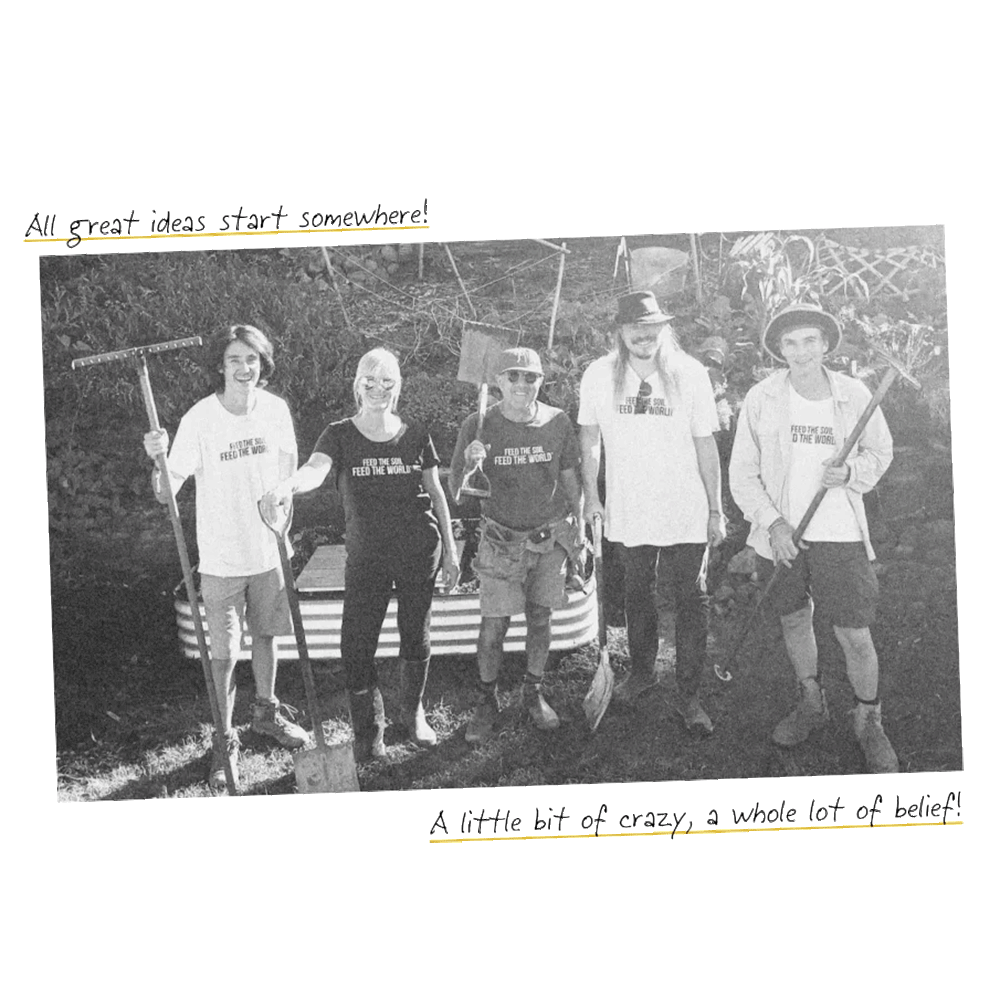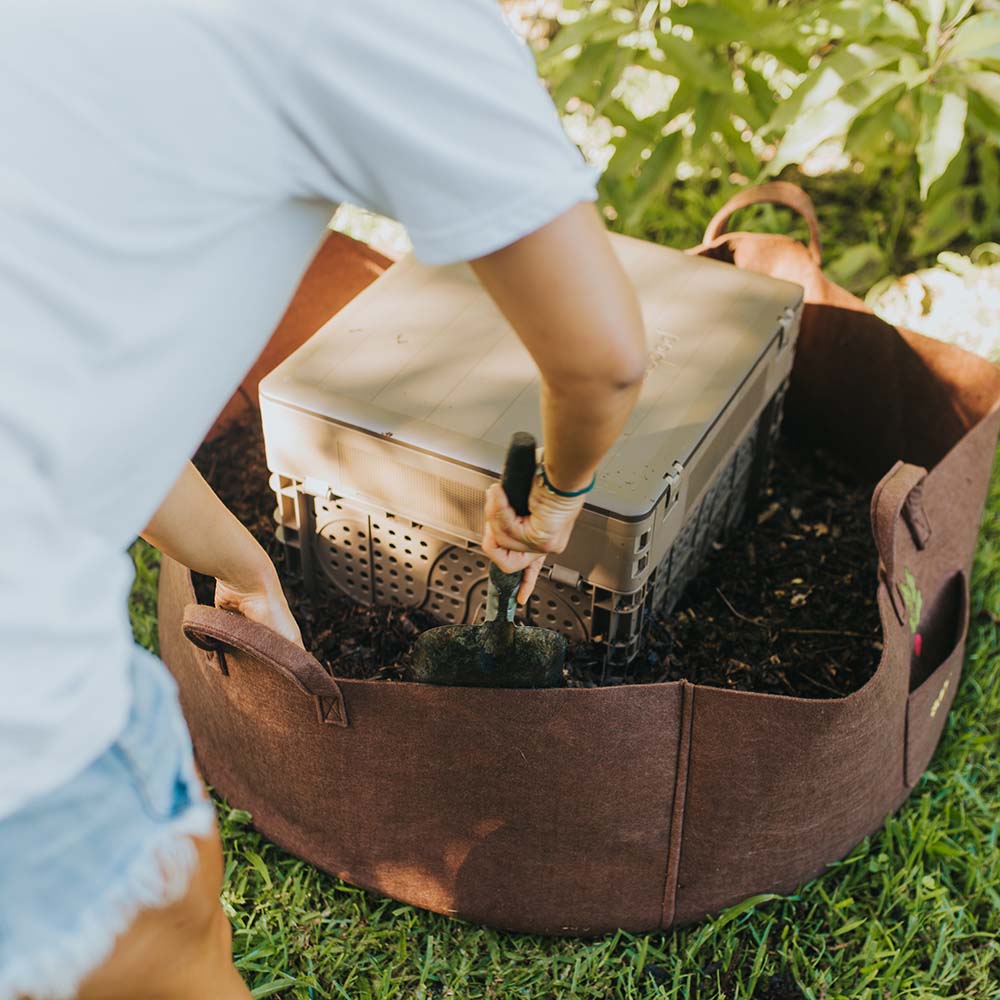Can You Compost Pistachio Shells
In this article:
Pistachio nuts are the kind of snack you end up with more of than you started with! This delicious little superfood is a good source of protein and fiber, vitamin B, and antioxidants and is especially popular in vegan and vegetarian diets. They're also used as a topping in recipes around the world!
But after you’ve enjoyed the delicious nuts, what do you do with the shells? They’re definitely not edible! If you’re into home composting or gardening we have some good news for you, because there’s an environmentally-friendly and sustainable way to deal with pistachio shells!

Are Pistachio Shells Compostable?
Yes, pistachio shells are compostable. In fact, they’re a nutrient-rich addition to your compost bin that help with water retention! They’re biodegradable, so will be broken down over time and turned into compost. This is way more preferable than sending them to a landfill, where they’ll slowly decompose and emit harmful methane in the process.
One thing to note is that pistachio shells are very hard, so the process of breaking them down can take a long time. If you keep reading, below we tell you exactly how you can speed up this process in your compost bin!
It’s a good idea to add pistachio shells to your compost bin, however, they do require a bit of extra work to ensure efficient and effective composting. Before we go over that, there’s something you need to know:
Are Pistachio Shells Considered 'Green' or 'Brown'?
Let's review the definition of green and brown before categorizing pistachio shells, shall we?
‘Green’ refers to materials with a high nitrogen content. This includes coffee grounds, food waste, manure, and grass clippings. They’re normally higher in moisture content too.
‘Brown’ materials have a high carbon content and include dry leaves, tree stumps, branches, twigs, sawdust, paper, and cabinets. They are drier than green materials.
Pistachio shells fall into the category of brown materials. They have a high carbon content, and because they are dry and retain the water they can be valuable in optimizing the structure of your compost.
Hot tip for Composters: Brown materials are often brown looking in color, while green materials can be a range of colors.

How Long Do Pistachio Shells Take to Decompose?
Ever tried biting into a pistachio shell? As we mentioned above, these things are pretty tough. At first glance, you’d imagine they would take centuries to biodegrade!
Well, the answer is that it won’t take centuries, but they do take a long time. If you put them into your compost bin as they are, you’ll be waiting for between two and three years for them to disappear.
That’s a long time for any organic material, but luckily there are steps you can take to speed up the process. Let’s learn exactly how to do that!
How to Compost Pistachio Shells
Pistachio shells are definitely compostable, there are just a few extra steps to take to do it effectively. Let's get down to the nitty-gritty - we’re about to show you how to prepare pistachio shells and add them to your compost pile:
Wash the shells
Pistachios are usually sold salted or flavored, so they need to be washed before you add them to your compost. Salt can kill bacteria or other microbes, especially in larger quantities. Washing your pistachio shells is a good rule of thumb for the sake of your compost bin ecosystem.
Soak the shells
Soaking the shells in water will soften them, speeding up the decomposition process when they’re added to your compost bin.
Crush or grind the shells
Pistachio shells decompose much better when chopped into small pieces. It presents more surface area for your worms and microbes to work on, thus making the composting process more efficient. To really speed up the process, you can grind the shells down to a powder.
Balance your greens and browns
Pistachio shells are a brown composting material, so need to be added in the correct ratio with green materials. A good rule of thumb is one part of green material per two or three parts of green material - however, if you find your compost is too dry you can add more greens, or more browns if it's too wet.
Remember to Aerate
Aerating your compost is important when adding pistachio shells or any other organic materials. Not only does it help mix in the added materials, it oxygenates the compost so the worms and microbes get the air they require to keep functioning.
How to Compost Pistachio Shells with Subpod
Subpod is an urban home composting solution that’s adaptable to outdoor spaces of all sizes. Easy to set up and requiring only a few minutes of maintenance once established, Subpod has little workers that do the composting heavy lifting for you: worms and microbes!
Worms are incredibly efficient at turning organic matter into nutrient-rich compost, so if you follow the above steps the pistachio shells you add will be dealt with very efficiently! Subpod has the added advantages of being smell-free and pest-resistant, meaning inner city dwellers won’t be upsetting their neighbors with a big stinky compost pile.
If you want to join the fight against food waste and keep your organic leftovers out of the landfill, Subpod is your beginner-friendly ally! Your organic waste like pistachio shells goes in, the worms go to work, and dark, rich compost is harvested out. This can then be used to fertilize the plants in your garden - a truly circular process!





